Mr. Nguyen Van Nin's family, in Kien Thanh commune, Dak R'lap district, has been growing 4 hectares of coffee since 2010. After many years of cultivation, Mr. Nin has replanted by grafting and improving coffee trees.
Mr. Nin said that the coffee garden after replanting his family is currently yielding 3-5 tons/ha, 1-2 tons/ha higher than the old variety. This is a result beyond the family's expectations.
In addition to replanting with new coffee varieties, Mr. Nin also changed farming methods to improve product quality. Every year, Mr. Nin's family produces about 4 tons of high-quality coffee, selling at a price 20,000 VND/kg higher than the market price thanks to connecting with purchasing units.
For pepper plants, Mr. Nin's family is planting more than 1,000 pillars of a new pepper variety. This pepper variety has many outstanding advantages in terms of disease resistance, high productivity...
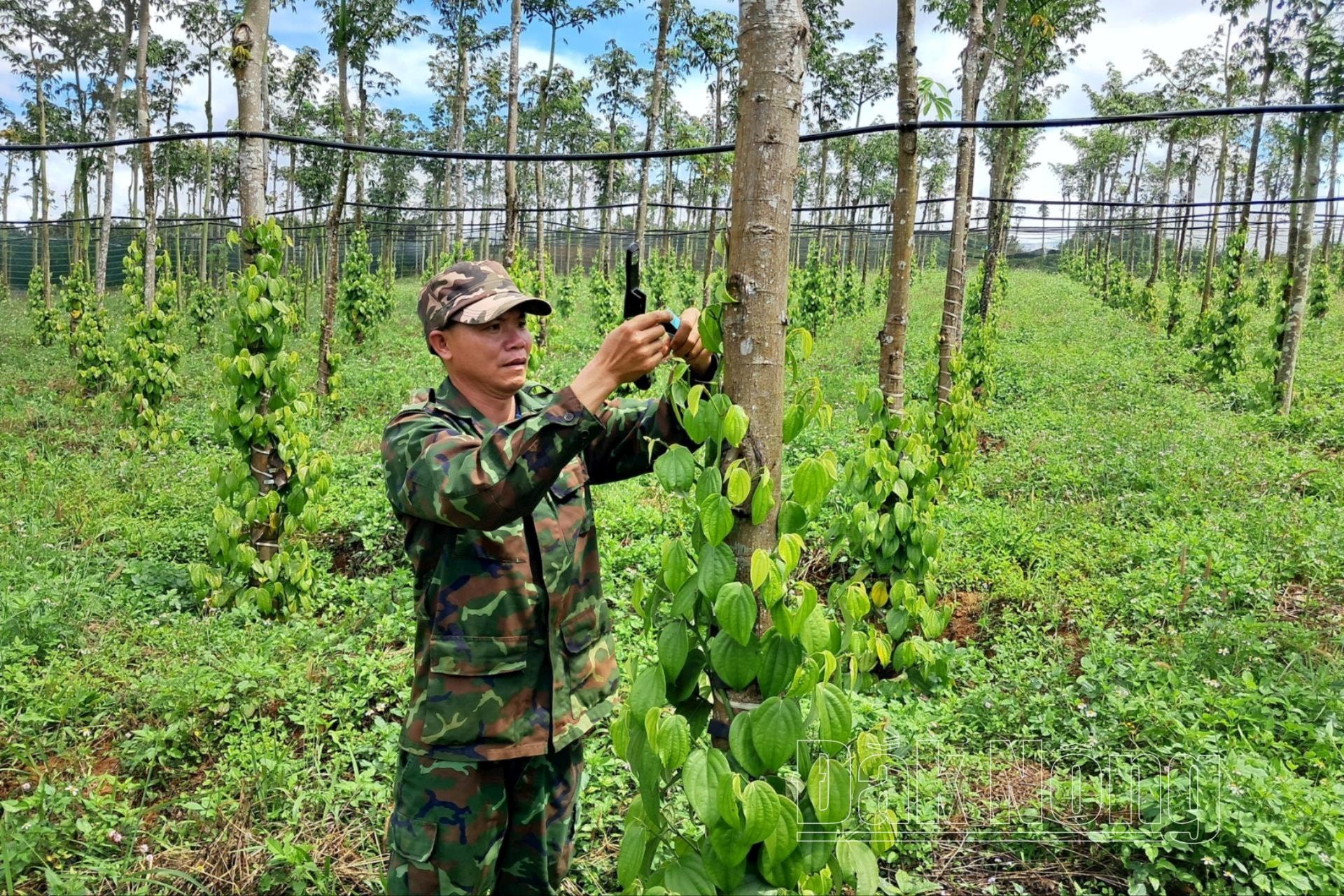
Dak Nong has identified agricultural restructuring as a key task to improve productivity, quality and value of agricultural products. The province aims to maintain stability by 2030 over 204,000 hectares of perennial crops, with an output of about 456,000 tons.
Dak Nong focuses on replanting all areas of old, low-yielding coffee, cashew, rubber... with high-quality varieties combined with intercropping with fruit trees or shade trees.
For pepper, the province aims to increase the intercropping area to reduce pressure on pests. The province converts the crop structure for unsuitable areas to suitable crops.
Localities focus on production that meets international standards such as UTZ, Rainforest, 4C and organic. In addition, the province continues to deploy and replicate deep processing models to increase export value, aiming to expand the consumption market.
.jpg)
In the group of potential plants, by 2030, the province will develop about 1,000 hectares of medicinal plants, with an output of about 5,000 tons. The province prioritizes the cultivation of medicinal plants with high medical value and economic efficiency, meeting market demand.
For macadamia trees, strive to reach over 11,000 hectares by 2030, with an output of over 1,500 tons. Form a concentrated specialized area in Tuy Duc district, accounting for about 70% of the macadamia area in the province.
The province’s fruit trees continue to replicate models of pure planting or intercropping in perennial industrial tree gardens. Products such as avocado, durian, and passion fruit are being further processed to increase their value. Localities are promoting the production of vegetables and fruits according to VietGAP and GlobalGAP standards to serve the domestic and export markets.
The province aims to stabilize the proportion of perennial industrial crops, while increasing the proportion of fruit trees, vegetables, flowers and medicinal plants. The province will change the crop structure to promote the competitive advantages of each sub-region.
Regarding livestock farming, Dak Nong encourages the development of livestock farming models towards high-tech farms, building closed barn systems, using organic feed and strictly controlling diseases.
According to Mr. Le Trong Yen, Permanent Vice Chairman of Dak Nong Provincial People's Committee, Dak Nong is promoting high-tech agricultural production, building value chains, establishing quality management systems, tracing origins and developing brands.
Key products such as coffee, durian and some other crops are being given geographical indications, helping to enhance their recognition in domestic and international markets.
.jpg)
To effectively restructure agriculture, Dak Nong is focusing on key solutions such as applying post-harvest technology, preservation and processing to increase product value and competitiveness in the export market.
The province focuses on strongly developing OCOP products, building brands and geographical indications for key products such as coffee, durian, avocado, soybeans, sweet potatoes and medicinal plants.
Dak Nong also focuses on developing organic agriculture, smart agriculture, and ecological agriculture to meet market demand and serve tourism.
Source: https://baodaknong.vn/nong-nghiep-dak-nong-tai-co-cau-gan-voi-nang-cao-gia-tri-247759.html


![[Photo] President Luong Cuong and King Philippe of Belgium visit Thang Long Imperial Citadel](https://vstatic.vietnam.vn/vietnam/resource/IMAGE/2025/4/1/cb080a6652f84a1291edc3d2ee50f631)

![[Photo] General Secretary To Lam receives King Philippe of Belgium](https://vstatic.vietnam.vn/vietnam/resource/IMAGE/2025/4/1/e5963137a0c9428dabb93bdb34b86d7c)
![[Photo] Prime Minister Pham Minh Chinh meets with King Philippe of Belgium](https://vstatic.vietnam.vn/vietnam/resource/IMAGE/2025/4/1/be2f9ad3b17843b9b8f8dee6f2d227e7)
![[Photo] Close-up of Vietnam's sniffer dog team searching for earthquake victims in Myanmar](https://vstatic.vietnam.vn/vietnam/resource/IMAGE/2025/4/1/d4949a0510ba40af93a15359b5450df2)





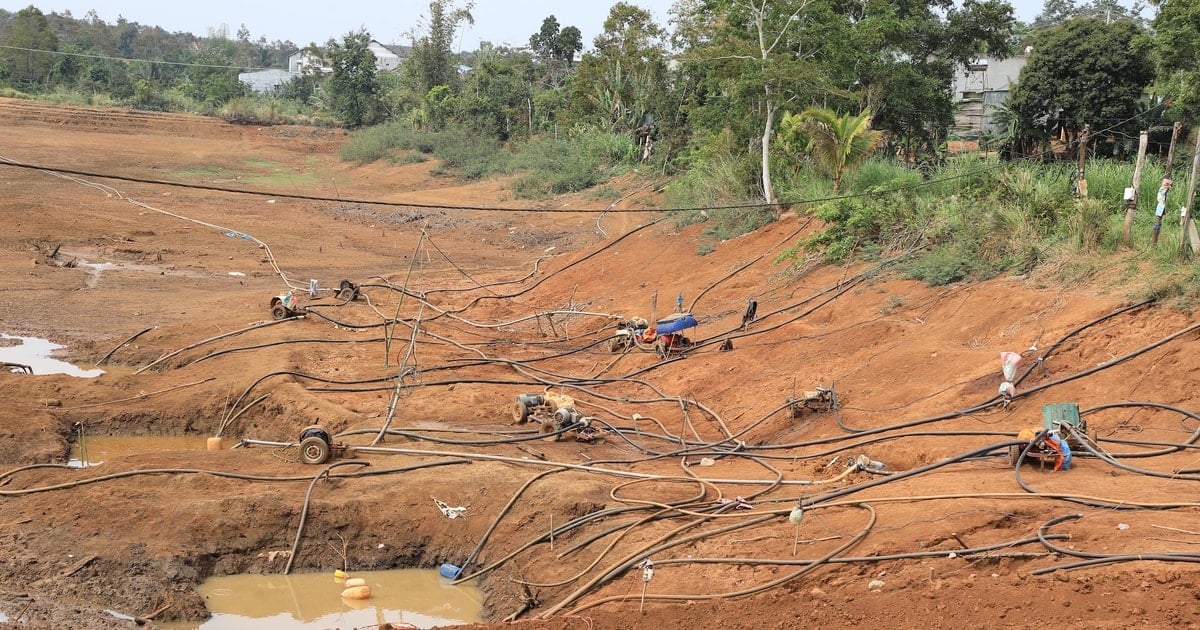
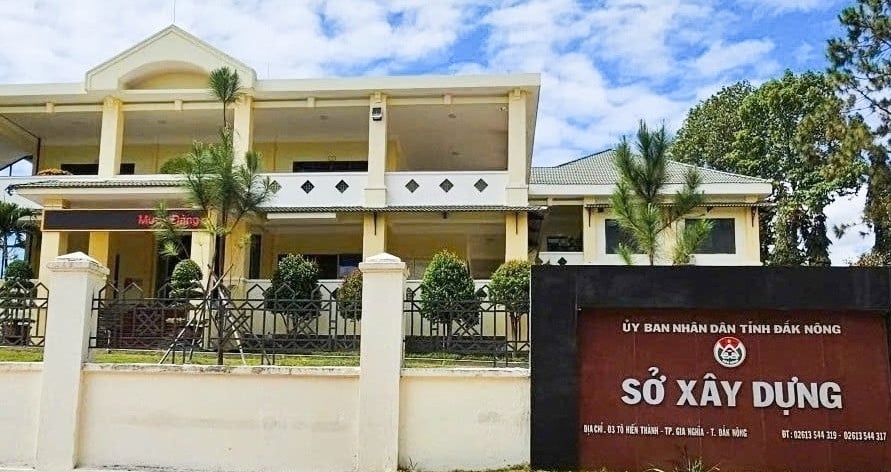



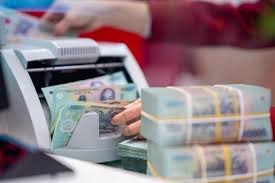
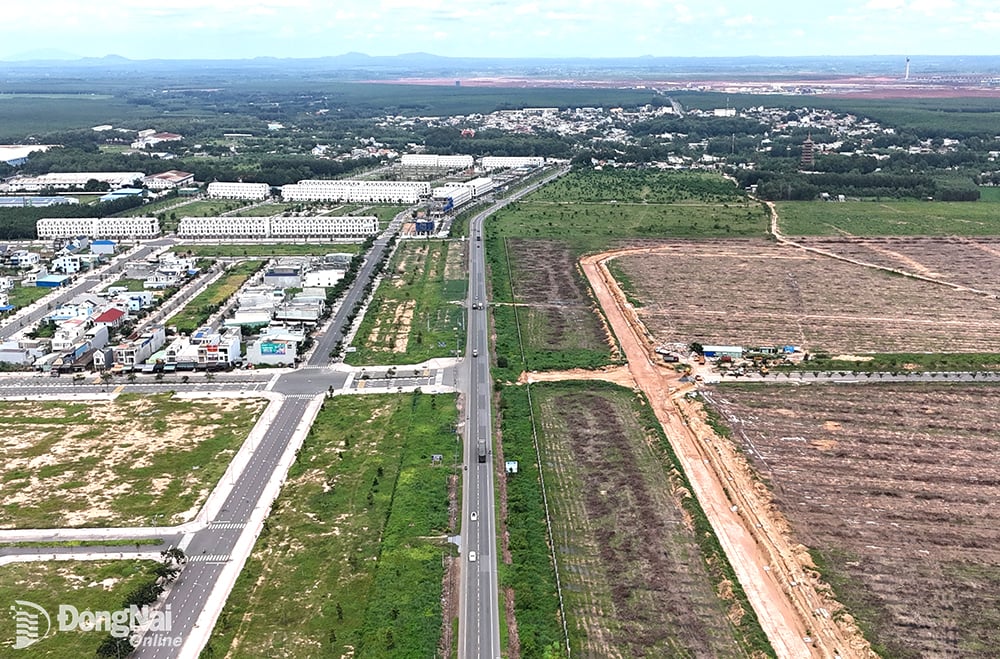
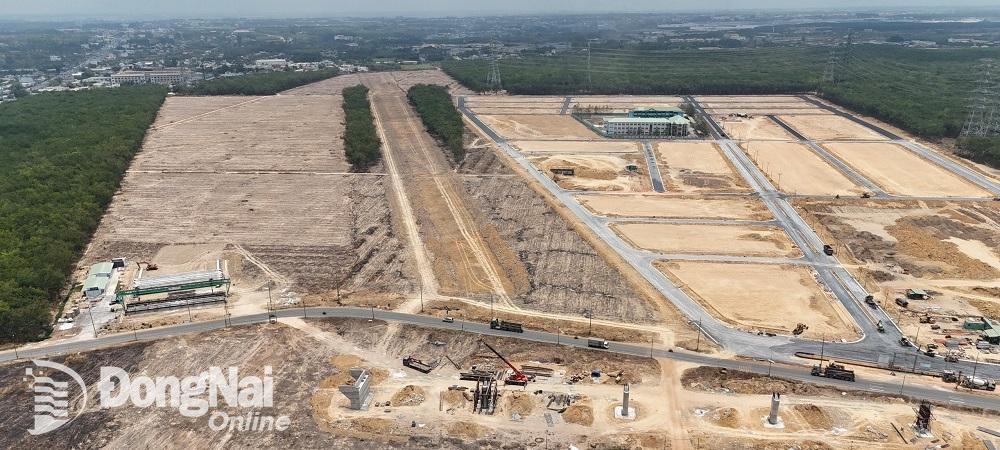
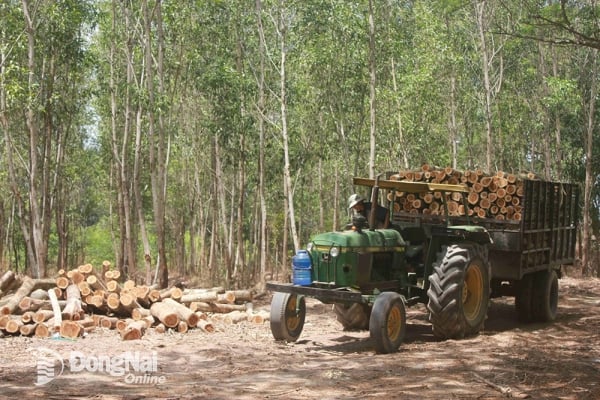
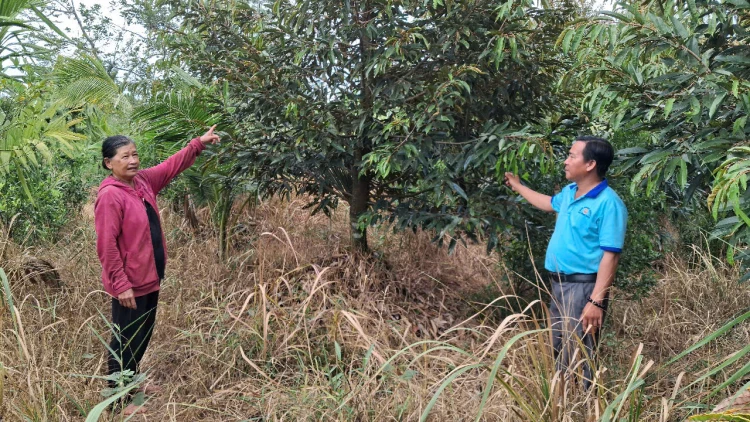
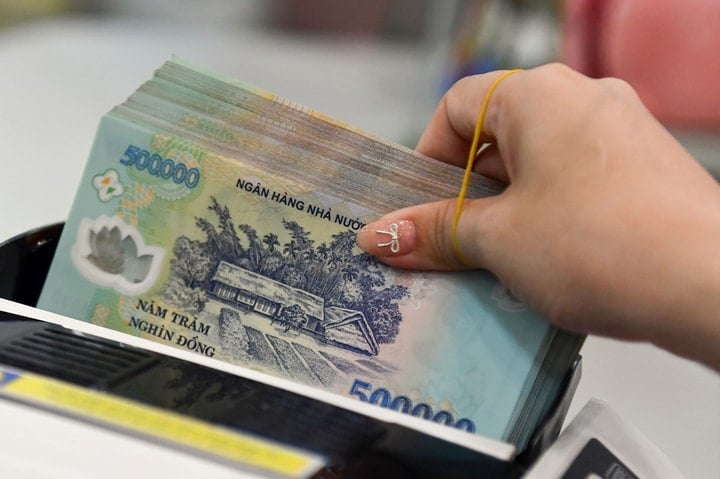




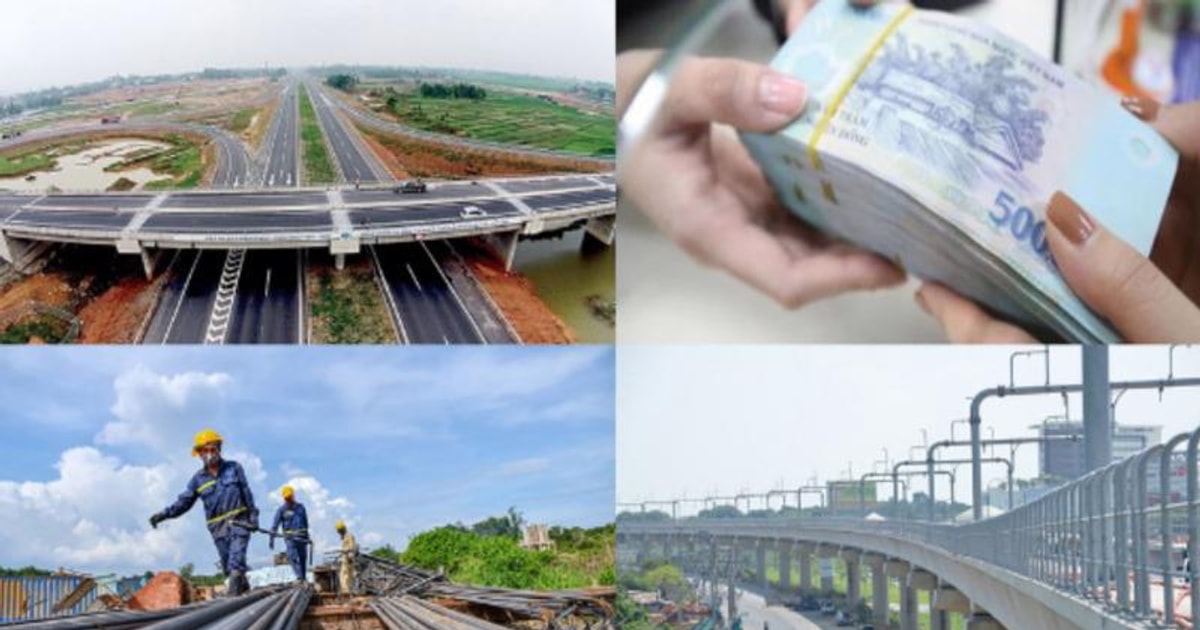
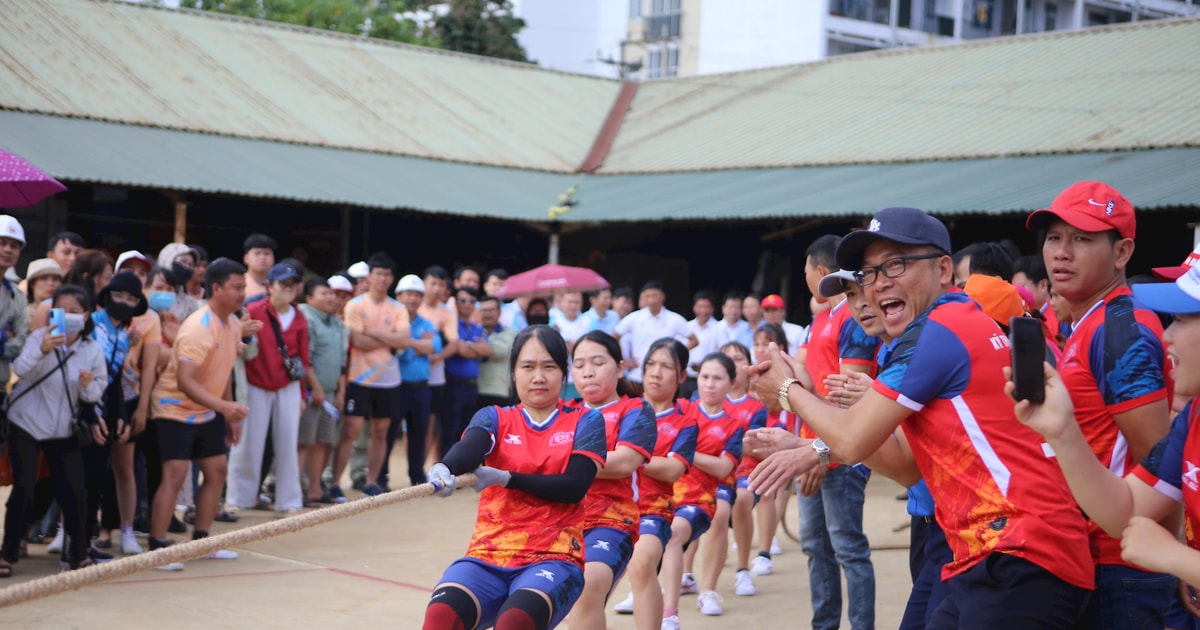




![[Photo] Myanmar's capital in disarray after the great earthquake](https://vstatic.vietnam.vn/vietnam/resource/IMAGE/2025/4/1/7719e43b61ba40f3ac17f5c3c1f03720)










































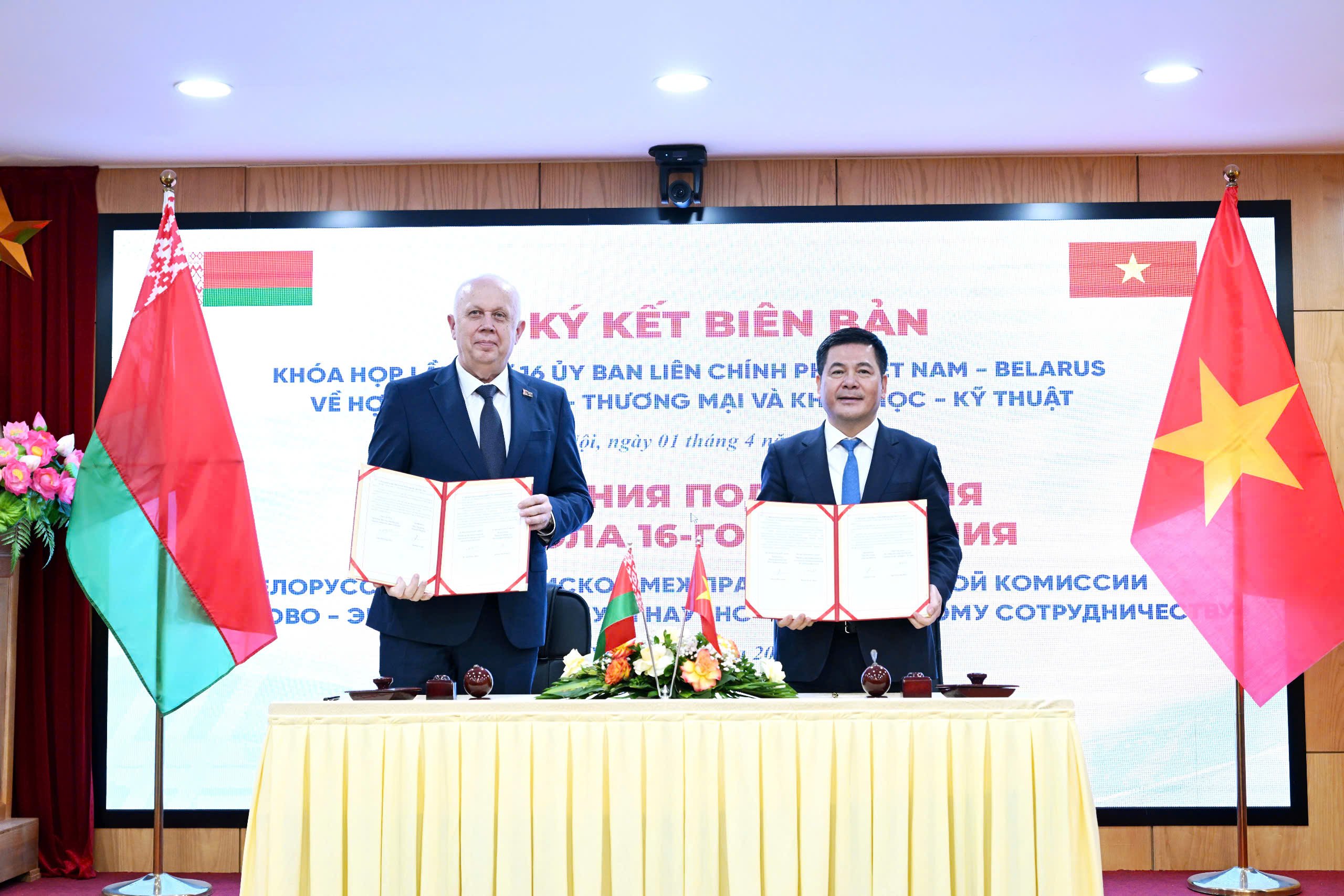

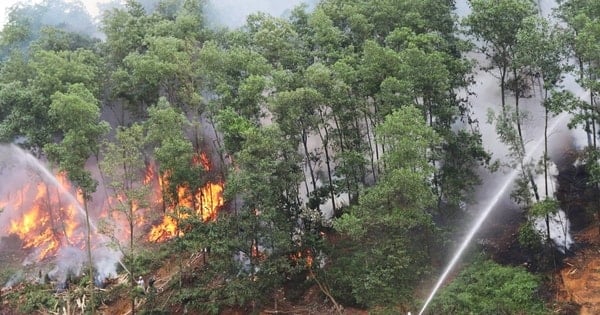


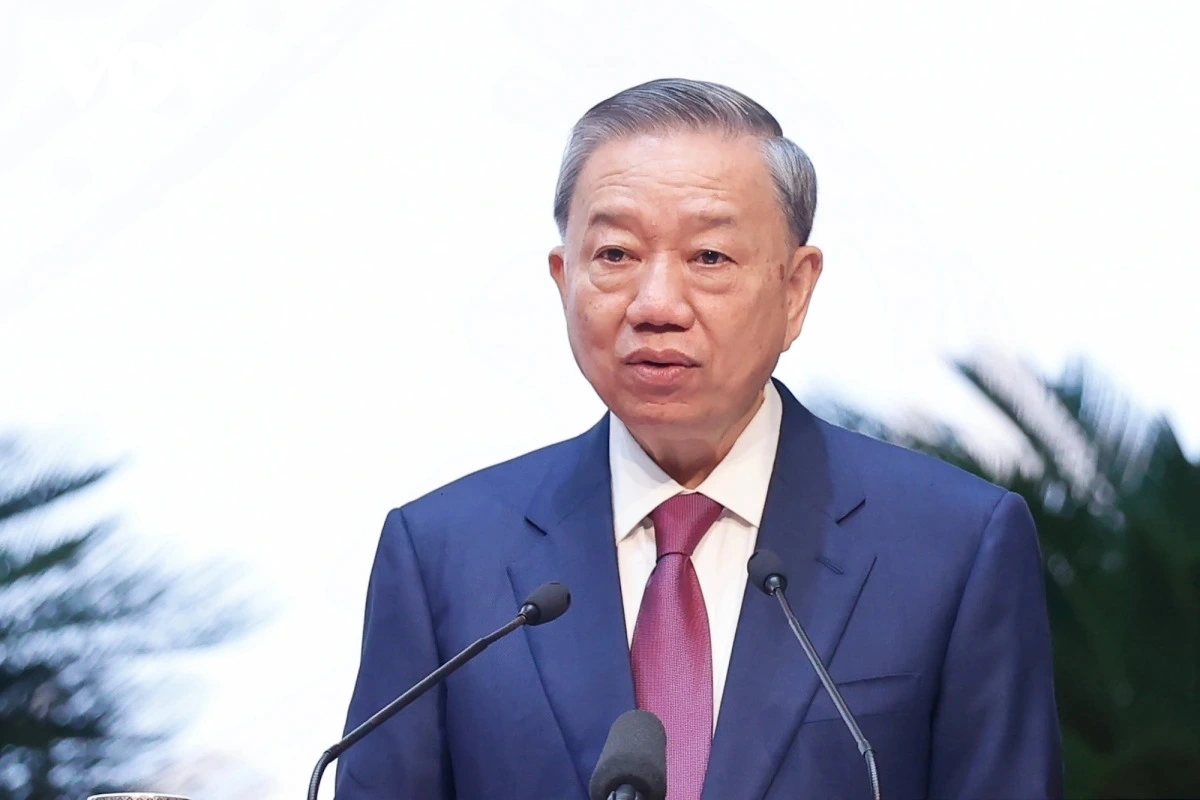











Comment (0)